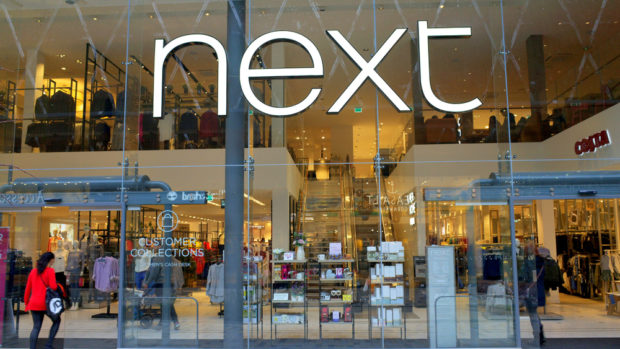To mark International Women’s Day, CreativeX, which powers creative excellence for the world’s leading brands, and the Geena Davis Institute on Gender in Media, have released new analysis showing progressive gender portrayals and female character inclusions in adverts are being undermined by skewed ad spend towards traditional gender roles and male characters.
It finds that marketers are stunting their ability to improve gender inclusivity and equality in their ads by continuing to perpetuate outdated stereotypes.
Adspend decisions favour the traditional
Despite over half (58 per cent) of advert characters being female between 2020-21 (compared to 41 per cent of male characters), progress in projecting gender equality is blunted as significantly fewer consumers are seeing those adverts.
The analysis of just over 3,400 adverts across YouTube, Twitter and Amazon, totalling US$836M in ad spend in the United States, should act as a warning call to marketers reviewing their brand strategies in 2022.
It highlights that while brands are making progressive choices about how female characters appear in their ads, they’re investing more ad spend into promoting ads that feature traditional gender roles; casting and creative choices about who to feature in ads is the first step, but this strategy must receive enough promotional spend for audiences to see these progressive characters.
For example, of the female characters in the environments analysed, 44 per cent were shown in professional settings. These ads, however, receive almost 50 per cent less ad spend than the frequency they appear in this setting (24 per cent), therefore a minimised reach to target audiences. Comparing this to the gender counterpart, 41 per cent of characters in professional environments were male, receiving almost double the ad spend (49 per cent).
Anastasia Leng, Founder & CEO of CreativeX, comments: “Our research highlights that brands are unintentionally alienating their audiences through storytelling that is male-oriented and traditional in its gender portrayal. Marketers’ intent and their actions are not lining up, and this gap will continue to widen unless we build in systematic and objective ways of monitoring our content representation efforts and progress.“
Together, CreativeX and Geena Davis Institute are leading the charge to improve diversity and inclusion within the advertising industry. To help combat under-representation, brands and agencies should consider the following when implementing marketing strategies:
- Diversify female characters On-Screen. When female characters appear in ads, they’re much more likely to be young and have lighter skin tones. Increase portrayals that highlight female characters’ intersectional identities.
- Be Wary of Subtle Gender Bias. Although male characters and female characters are both shown in professional settings, these settings reinforce gender traditional professional roles (i.e., male characters as builders, female characters as makeup artists). While male and female characters are both shown in domestic settings, subtle gender bias persists in the specific activities they carry out in these settings (e.g., male characters are more likely to be shown cooking at a barbeque, while female characters are in the kitchen and serving food).
- Support progressive roles with ad spend. Brands are more likely to put more ad spend behind ads that reinforce traditional gender roles. Marketers must do more to create and promote diverse advertising, and should be measuring how their media budget is allocated by group, not just by creative.
Marketers are not only custodians of their brand, but of their consumers
On average, consumers see 2 million adverts every year, and it is estimated that the global ad market is set to top US$700bn in 2022. Marketers that do not adapt and develop creative executions that resonate effectively and purposefully, risk alienating their consumers and damaging their brand perception.
CreativeX is raising awareness of the scale and size of this challenge to ensure marketers truly understand their role in an ever-changing consumer environment.
For example, CreativeX also found that there is an apparent ageism in adverts, which is also compounded by gender bias. Adult (26-59) characters featured 4x more than all other demographics combined. Featuring in less than 1 per cent of ads, 60 per cent of characters aged 60 and over are male. Put simply, less than .04 per cent of ads featured a female character aged 60 and over.
CreativeX and GDI are calling on marketers and advertisers to create a long-lasting positive impact that resonates with how their audiences’ see and feel about themselves.








Share